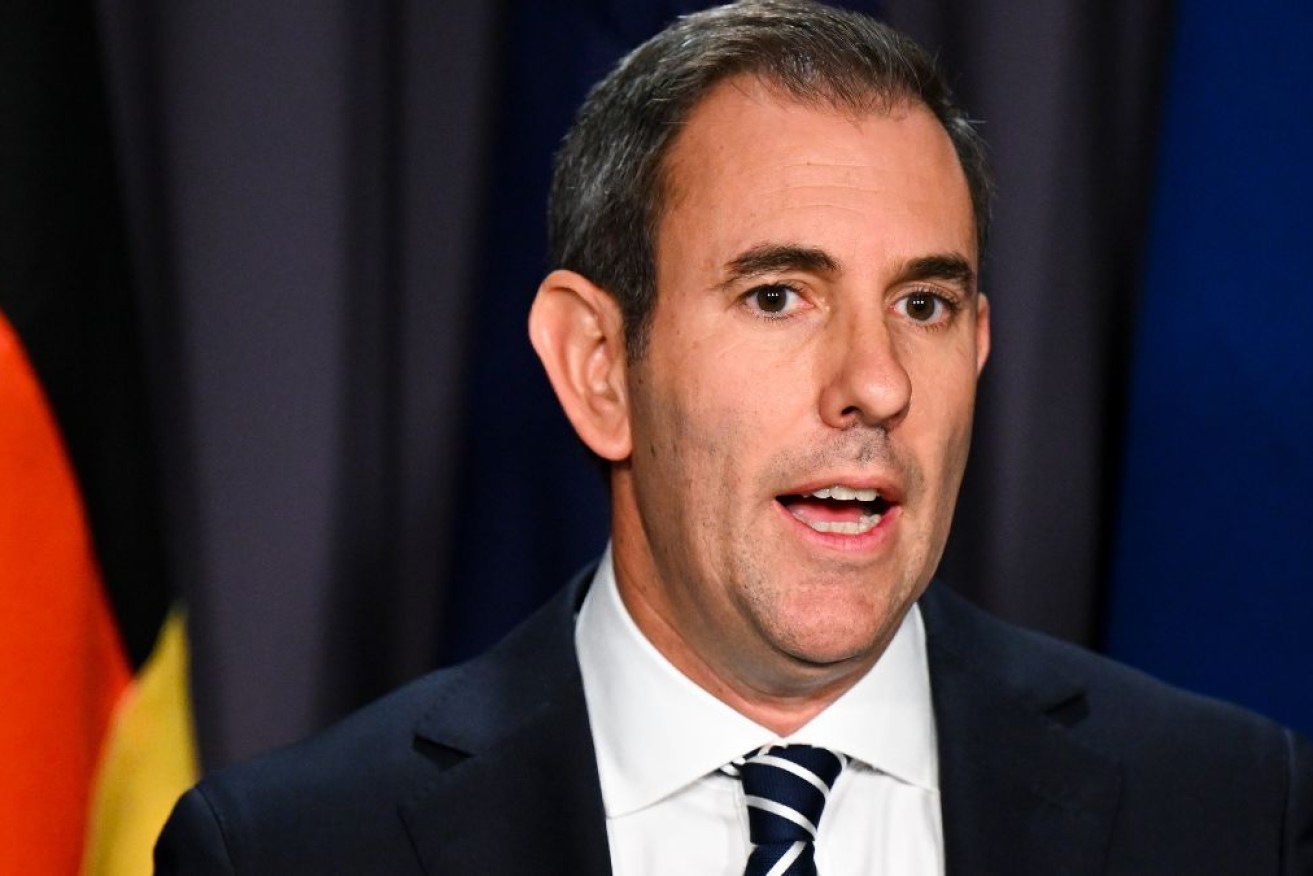Treasurer signs off on cheques with reforms to the way we pay


Jim Chalmers has announced some major changes are on the way for Australia's payments system. Photo: AAP
The way we pay in Australia is set for an overhaul with cheques being abolished and financial institutions transitioning from two digital payment systems to one.
On Wednesday the government released its strategic plan for the future of Australia’s payments system.
The strategic plan is part of an effort to modernise payments and make the economy more innovative, productive and competitive, Treasurer Jim Chalmers said, while speaking at an Australian Banking Association conference.
The country’s regulatory frameworks and infrastructure haven’t kept up with the big trends and transitions happening in finance, Dr Chalmers said, especially when it comes to the digital economy and payments.
“[Initiatives to build trust in the adoption of AI and to encourage small businesses to adopt and adapt to technology are] all underpinned by big investments in developing our skills base, so that the shift to digital works for and not against our people,” he said.
“But we recognise that all of this will be incomplete unless we get the policy and regulatory settings right in finance, and especially in payments.
“That’s because payments are the tracks on which our economy runs, which means that improvements here make everything move more efficiently.”
Cheques phased out
One of the biggest changes proposed involves the phase out of cheques after a 90 per cent fall in the use of cheques in the past decade so that cheques now comprise 0.2 per cent of non-cash retail payments in Australia.
As cheque use declines, the per-transaction cost of the cheque system will continue to increase.
But while banks have already started to cease issuing cheque books to new customers, and many merchants are no longer accepting cheques as payment, the government acknowledged older Australians and those living in rural areas continue to rely on cheques.
But in less than a decade they will have to adapt to newer payment systems, with the phase out of government cheque usage set to occur by the end of 2028, and the total wind-down of the cheque system to take place by 2030.
However, these targets are not set in stone; the government will continue to consult with industry and stakeholders to make sure the end date is feasible.
Australia is late to the phase-out of cheques, with countries like New Zealand, Sweden and South Africa having already abandoned the old-school form of payment.

If your go-to payment method still looks like this, it’s time to switch it up. Photo: Getty
The fact that cheques are about to become history doesn’t mean the economy is going entirely digital any time soon; while the share of cash retail payments fell from 27 per cent in 2019 to 17 per cent in 2022, cash in circulation is rising thanks to an apparent increase in stockpiling by Australians.
In its strategic plan, the government noted access to cash is important, and while an estimated 95 per cent of the population lived within about 5 kilometres of a cash access point as of June 2022, some regional and remote communities are having to travel further to access cash due to bank branch closures, along with the removal of cash access points and cash distribution facilities.
From two systems to one
Another key feature discussed by Dr Chalmers was the replacement of the Bulk Electronic Clearing System (BECS), which helps process direct entry payments such as direct debits between individual accounts held at different financial institutions.
Australia is now set to fully transition from BECS to the New Payments Platform (NPP), which launched in 2018 and enables users to easily send payments with near real-time funds availability to the recipient, on a 24/7 basis.
NPP-enabled payments are already offered by 110 financial institutions, including the Reserve Bank of Australia, Westpac and Credit Union SA.
The government says the NPP is faster and safer than BECS, and has asked the industry to settle on a transition plan by the end of 2023.
Five key priorities
The key priorities outlined in the strategic plan include:
- Promoting a safe and resilient system by reducing the prevalence of scams and fraud, strengthening defences against cyber attacks and updating the RBA’s supervision of important payment systems
- Updating the payments regulatory framework by changing the regulations; establishing a new payments licensing framework; promoting competition through transparent access to payment systems; enabling greater collaboration between payment system regulators, and reducing small business transaction costs
- Modernising payments infrastructure by phasing out cheques, maintaining access to cash and supporting the transition from BECS to the NPP
- Uplifting competition, productivity and innovation across the economy by aligning payments system reform and the consumer data right framework, supporting the broader use of digital ID, uplifting digital and technological skills, and supporting the adoption of artificial intelligence (AI)
- Leading the global payments landscape by facilitating cross-border payments, creating a regulatory environment that attracts and enables innovation, and exploring the policy rationale for a central bank digital currency in Australia.








